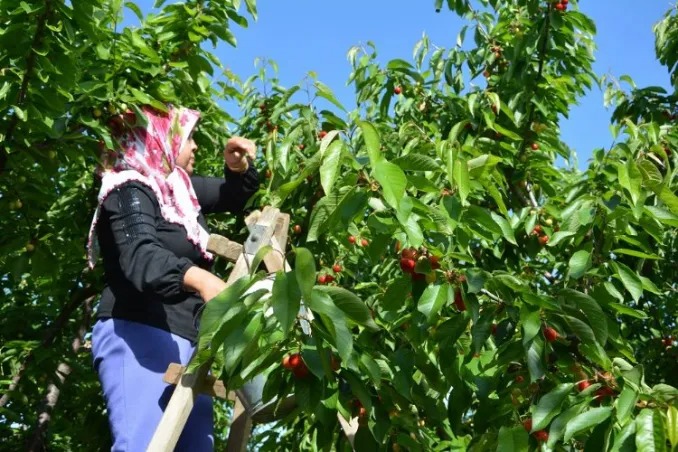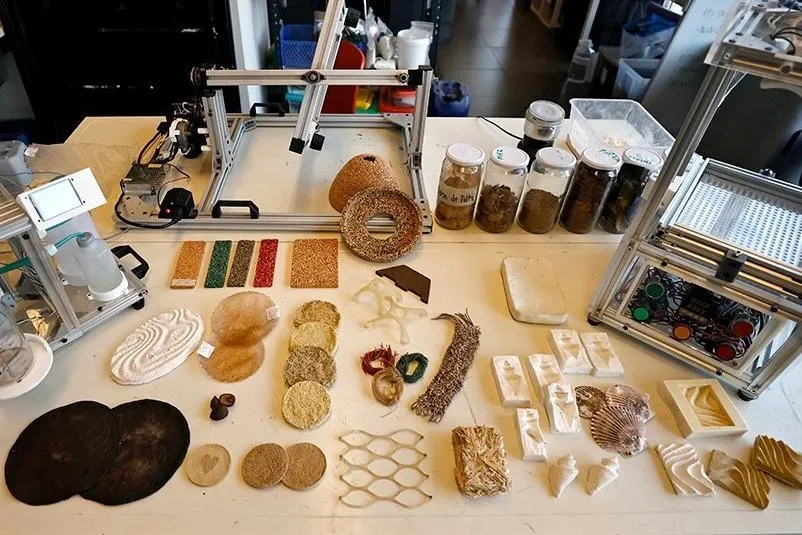The Meda™ cherry varieties have been evaluated in Europe for three seasons now. Trials have been conducted in more than 15 experimental sites to validate this genetic program, initially selected with Chile in mind, one of the world's largest cherry exporters, where 90% of all exported cherries go to China, a country that greatly appreciates this fruit, especially when it arrives before the Chinese New Year. For this reason, the highest prices in the world are paid for high-quality fruit.
It is estimated that Chile will export more than 600,000 tons in 2024/25. 95% of Chilean cherries are shipped by sea, so the varieties require excellent post-harvest durability to ensure they arrive in good condition after a 30-day journey to China. This means that most varieties do not have the attributes to be grown and marketed under the unique conditions of this Southern Hemisphere country.
 Image 1: Meda™ Dragon IVU-509 on June 7, 2024, in the Netherlands.
Image 1: Meda™ Dragon IVU-509 on June 7, 2024, in the Netherlands.
In the case of Meda™ varieties, all have been selected with a minimum of 35-40 days of post-harvest durability to ensure their arrival with quality in the destination market, which is China. The Meda™ program is the only breeding program that has used post-harvest as a selection filter.
The goal was to select early varieties but with good post-harvest durability since only three varieties represent 80% of Chilean exports (Santina, Lapins, and Regina), and new varieties are needed, in this case, early ones.
Evaluations in Europe
In recent years, three field days have been held in Europe for the Meda™ varieties, with the last one taking place in June 2024, attended by technicians and entrepreneurs from various European countries and other non-EU countries.
“This was carried out at the experimental field of the company FruitMasters in the Netherlands, where we are evaluating about 12 early varieties along with other varieties from around the world,” says Alejandro Navarro, director and CEO of IVU - International Variety Unlimited LLC (www.medacherry.com).
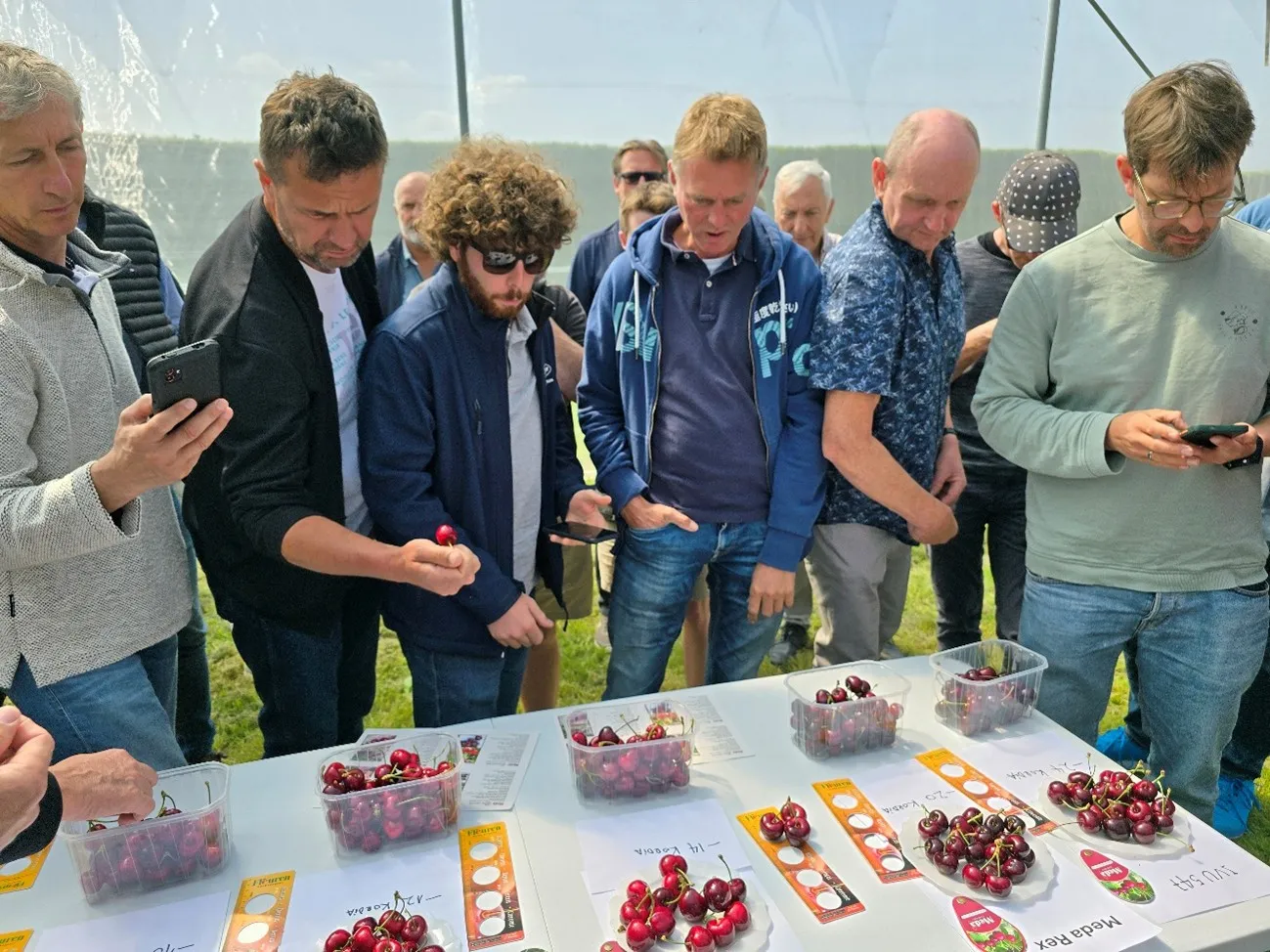 Image 2: Technical day in the Netherlands (2024) dedicated to the new Meda™ cherry varieties.
Image 2: Technical day in the Netherlands (2024) dedicated to the new Meda™ cherry varieties.
“What makes these varieties interesting in Europe is having fruit of similar quality to Kordia but harvested earlier, 10 to 20 days before Kordia, a period when early varieties normally tend to lack quality since breeders prioritize early harvesting as the main characteristic,” says Sjaak Walraven, a cherry technician and specialist at Fleuren nursery.
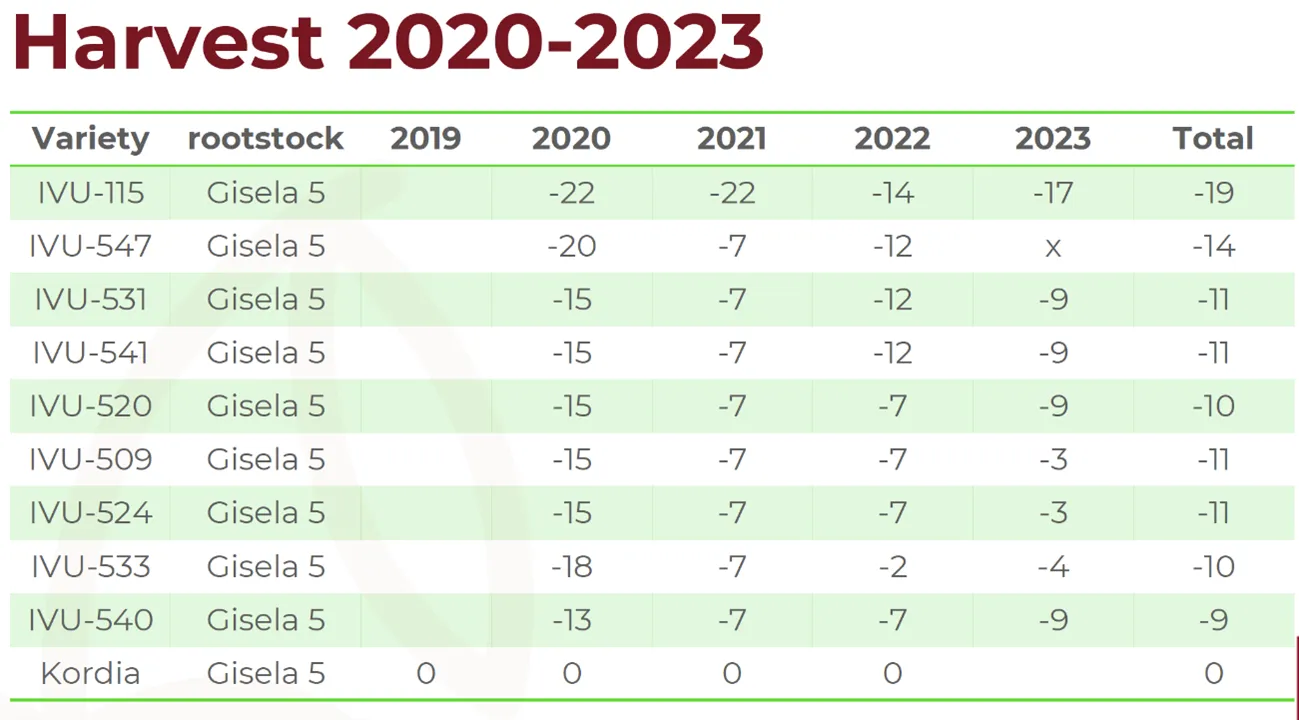 Image 3: Harvest calendar of IVU-MEDA varieties and selections in the Netherlands. In days relative to cv Kordia.
Image 3: Harvest calendar of IVU-MEDA varieties and selections in the Netherlands. In days relative to cv Kordia.
Spain and the Netherlands are the countries where we have the most data, but we are now having the first productions in Greece, Italy, France, England, Norway, Sweden, Hungary, and Slovakia. This will allow us to better validate these varieties in Europe. Sjaak Walraven comments that the most promising varieties at the moment are:
- IVU-115 Meda Rex: first window; Era Burlat (81% > 28 mm) (Fig. 3)
- IVU-509 Meda Dragon: large cherry; 1 week before Kordia; healthy tree (100% > 28 mm)
- IVU-524 Meda Tiger: large cherry; 1 week before Kordia; for dry weather! (99% > 28mm).
- IVU-533 Meda Taurus: shiny fruit in hot seasons; 1 week before Kordia; very healthy tree (98% > 28 mm).
Ronald Vermeulen, an international cherry consultant, explains: “At the FruitMasters testing facilities, they evaluate new varieties to determine their market value. We aim to find a quality similar to or better than Kordia, either earlier or later, because Kordia and Regina are the best on the market, and consumers appreciate them for their quality.”
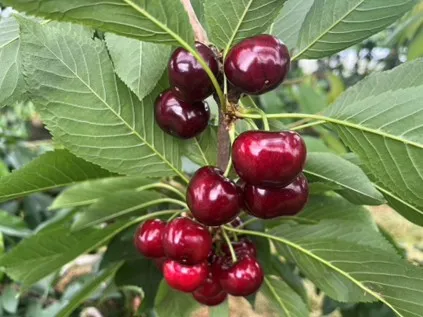 Image 4: Meda™ Rex variety (IVU 115).
Image 4: Meda™ Rex variety (IVU 115).
“The early fruit market in the Netherlands,” the technician continues, “is dominated by imports from Turkey, Spain, Italy, and Greece, so high-quality varieties are needed to compete with these fruits.”
Tests began in 2014. They were planted at 4 x 2 meters on Gisela 5 and later all trees were planted at 4 x 1 meter on Gisela 5. The cover system is closed from flowering to the end of harvest, and irrigation is based on kPa and VWC.
Alejandro Navarro states: “In Europe, we are working with the Fleuren nursery from the Netherlands and with Innovation Fruit from Italy. With the latter company, we worked 20 years ago in Chile with their yellow kiwis (Dori) and other varieties handled by Giampaolo Dal Pane.”
Source: IVU - Meda Cherry
Images: IVU - Meda Cherry
Alejandro Navarro Diaz; Giampaolo Dal Pane
Meda Chile; Meda Europe
Cherry Times - All rights reserved









